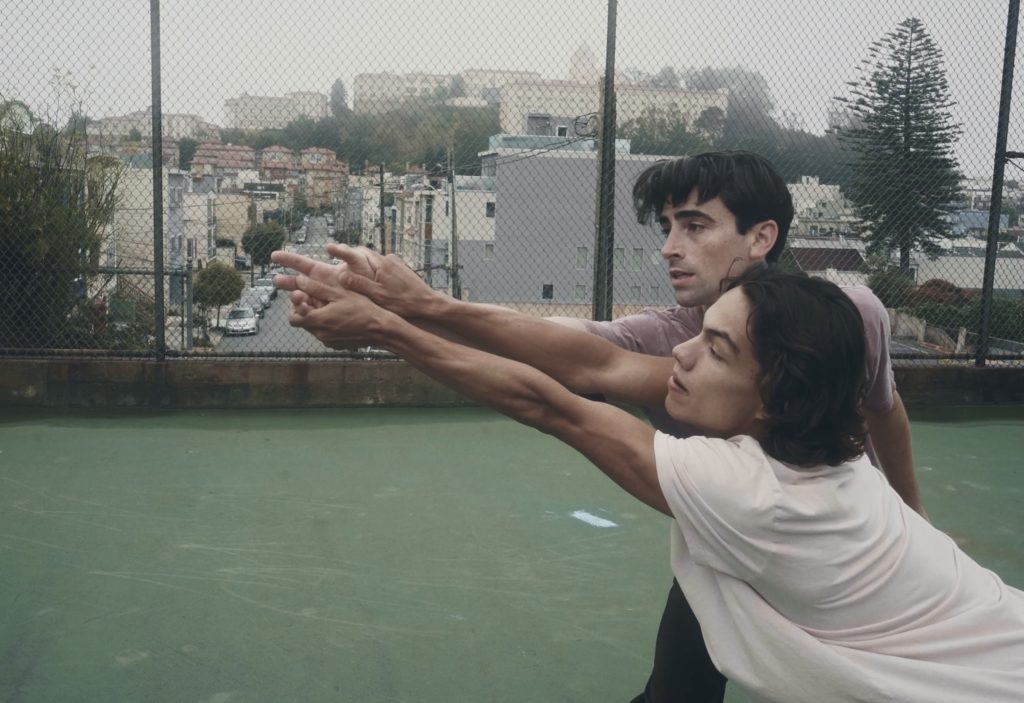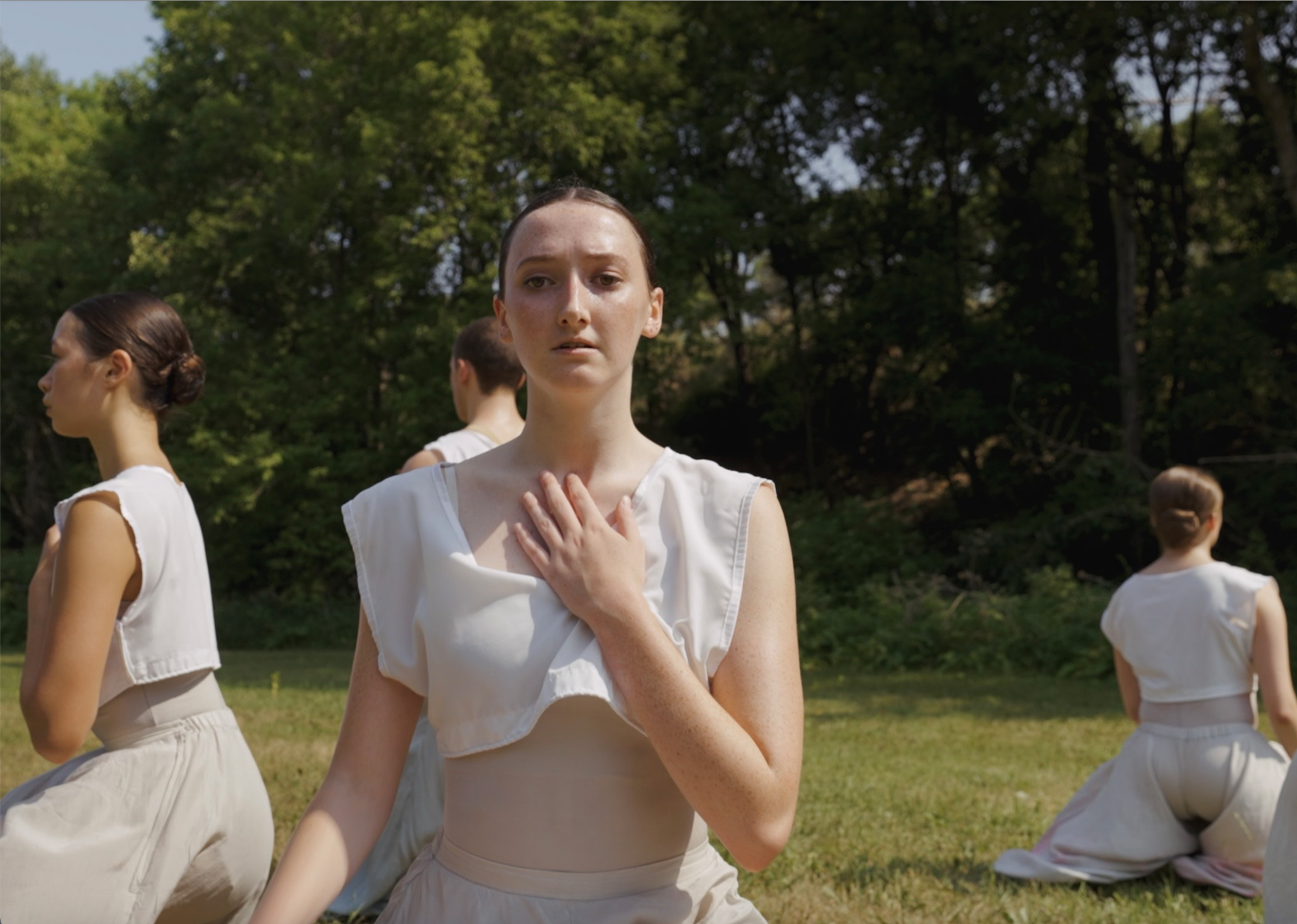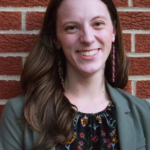“Art to Action” Dance Film Brings Together Dozens of International Artists in the Fight for Climate Justice
At the top of the Artists Climate Collective’s website reads a simple motto: “Share Art. Spread Awareness.” The message, written across a photo of a windswept dancer standing in front of a glittering lake, aptly represents the ACC’s mission, which intends to blur the lines between dance artists and climate activists by using the art form to promote positive impacts in our environment.
This latter point was especially strong last month during the premier of Art to Action, a 45-minute film curated by the ACC featuring six original performances, each created through the lens of climate justice.
The project is the brainchild of ACC’s three co-founders, Oregon Ballet Theatre dancer Charlotte Nash, Eugene, Oregon-based professional dancer Madeline Bez and Atlanta Ballet’s Keaton Leier, who wrote the ACC motto with the belief that the arts can inspire unique and positive change.

“We know that the arts have this amazing capability to change perspective,” says Leier, “so we wanted to use our knowledge of the ballet community to spark action.”
Together, the three dancers connected 36 artists across North America for the streamed project, which is now available to watch on Vimeo until September 28. Each piece commissioned tackles a new angle of the climate crisis: Emma Rubinowitz’s Porous, for example, explores the idea of personal inaction—in the film’s introduction, she says she was inspired by the tension between “what we do on a daily basis and what needs to be done in order to reverse the effects of climate change.” Darian Kane’s All Eyes Forward, on the other hand, personifies the concepts of nature and industrialism in a conversation regarding who has the right to claim specific lands. Both pieces, like the majority of the film, take place outside and are set to original music.
Leier, Bez and Nash started the ACC in January of 2021. When the pandemic hit, all three of them—and the rest of their dance-world colleagues—were left without work. They used their spare time to pursue a nonprofit fiscal sponsorship for the collective, which allowed them to fund artists that were otherwise without jobs at the time.
“The pandemic hit a lot of people pretty deeply and we wanted to support as many artists as possible,” says Leier. “We kind of just went by, ‘Who do we know, who can we help, who can we get involved?’”
Along with Rubinowitz and Kane, the ACC also commissioned work from Leiland Charles and Phillippe-Alexandre Jacques, along with spoken-word poetry by Shahamat Uddin, a cello performance from Sophia Bacelar, multiple videographers and musicians, and dancers from American Ballet Theatre, San Francisco Ballet, Atlanta Ballet, the Royal Winnipeg Ballet Aspirant Program and BalletMet, among others.

The ACC did not use any new materials or costumes, and the virtual format allowed for the organizers to pull from their international group of artists without contributing to the carbon emissions that would be caused by extensive travel. Finally, all proceeds collected from the film’s ticket sales will be distributed across the Sunrise Movement, GRID Alternatives and the Coalition for Rainforest Nations.
Now, as the ballet world celebrates its tentative return to the stage this fall, Leier, Bez and Nash are all headed back to company rehearsals, but their plans for ACC remain.
“We have a lot of people already interested in becoming a part of the next project,” says Leier. He and his co-founders have their eyes set on next summer for another film, “all with the goal of raising more money and awareness for the climate movement,” he says.





